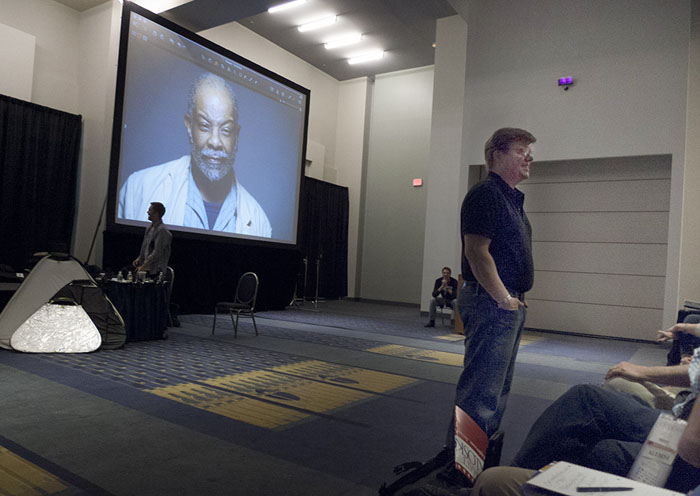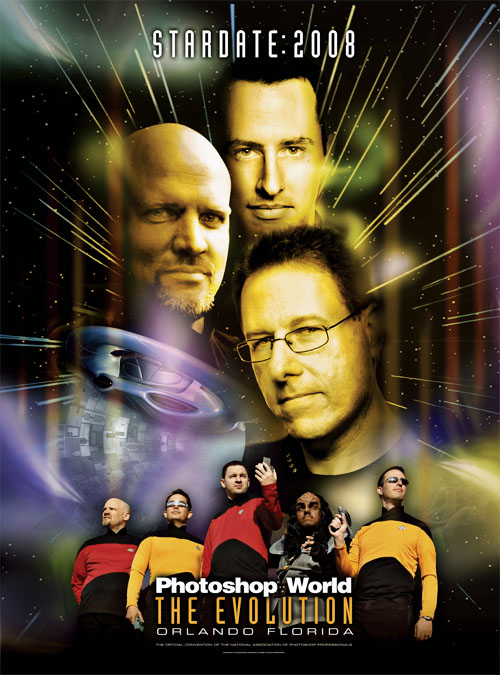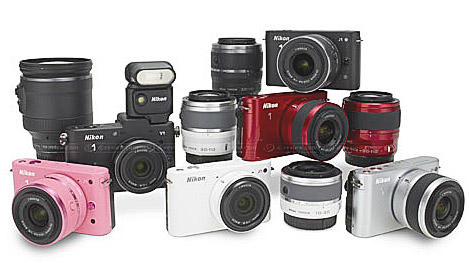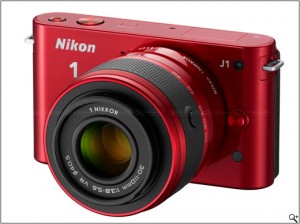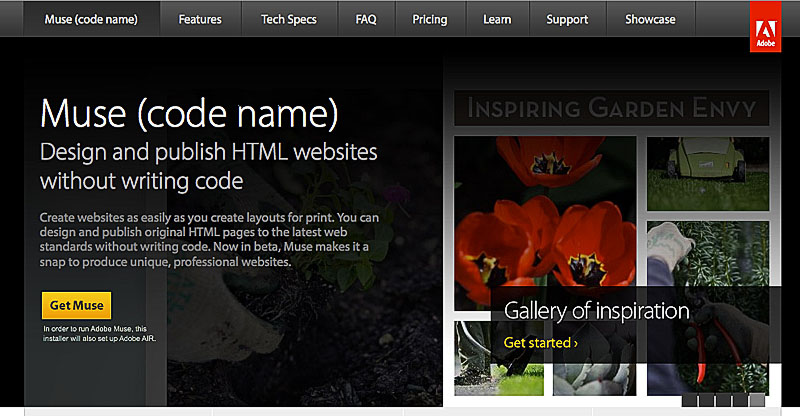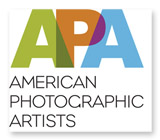
Le Tombeau de Daguerre ©Jarvis Grant
Photographic technology has always spurred controversy in the art world. First here was photography itself. When photography first came on the scene in 1839, it was supposed to bring the death of painting, drawing, and art as we know it. Now anybody could create an image. What was a true artist to do? Then film came along and replaced big cameras and glass plates. Now anybody could create an image! What was a real photographer to do? Then came portable 35mm roll film cameras you could fit in your pocket. They replaced large format 4×5 sheet film cameras. What was a real photographer to do? Next came color photography, how unnatural was that? Real photographs are made in black & white. Then came Polaroid’s instant photography. Instant photography no darkroom? Hell, now anybody can take a picture without even waiting a week to get their pictures back. Then came digital photography, replacing film. Hey, only real photos can be made with film cameras. Now anybody can take a good picture by “fixing” it in Photoshop. What’s a real photographer to do?
Well now it seems that photo tech has arrived at a new paradigm, the mobile phone–camera. With this new development in photo tech, you don’t even need a camera! What’s a real photographer to do?! For the past seven years, phone cameras have evolved from a dinky two megapixel joke to a decent eight megapixel creative tool. Phone cameras have grown from novelty toys to the voice of people toppling dictatorial requiems around the world. Now that almost everybody is carrying a video camera and a still camera in their pocket, web services like Faop for selling iPhone images as stock and ScoopShot as spot news cuts into the stock photography and photojournalism business model for many established photographers.
Now, I have been a long time camera snob when it comes to mobile photography and photography in general. When all the hype about the iPhone came out I was a skeptic. Then when all of the accessory and equipment hype came out, I thought there were a lot of folks drinking the Apple Kool-Aid! I mean why would any body want to put a $1000 plus Nikon or Canon DSLR lens on an iPhone? What’s the point. Get a camera! It’ll be easier to handle, give you more control, and will possible be smaller than having a five inch DSLR lens dangling from an iPhone. And don’t even mention an iPad tablet!
However, this past winter I went to a NAPP event at the Washington Convention Center and ran into my friend, classmate, and fellow creative pro Lorenzo Wilkins. He casually showed me some pictures from a recent trip he made on his iPhone. Man, I was blown away! Lorenzo’s images looked really good. At that moment I got the whole iPhone portfolio thing. I’ve seen lots of iPhone pics but was never really that impressed. I always felt people were showing off the phone not their images.
About a month ago I was forced to upgrade my old HTC Diamond Touch to a HTC EVO 4G LTE. The Touch Diamond finally died after 5 years of good service, but I never really used the Touch’s camera. It was okay, but not for taking real photos. I only used its 3 megapixel camera for visual note taking. Then my daughter, Maya, told me about Instagram and how she was using it to get her digital painting out into the world. So, I downloaded the app and started to play around with it. It was quite intriguing. Once I got used to it and my phone’s camera, I began to come up with a couple of good shots. Then I just naturally stated to see how to better manipulate the camera’s controls, along with finding photo apps that allowed more image processing contols beyond Instagram’s filter set.
So now I’m at the point were I believe that phone-cams can be creative professional tools. I still believe that a real camera will offer up better results faster that a phone-cam. I just don’t dismiss phone-cams as merely toys for people who are too cheap or lazy to use a traditional camera. I now stand on the opposite side of the mobile photography argument. Well, at least I’m beginning to see the other side’s perspective.


